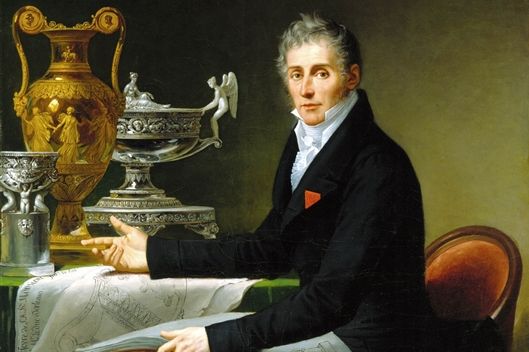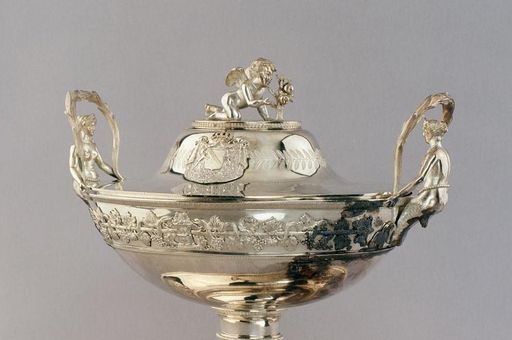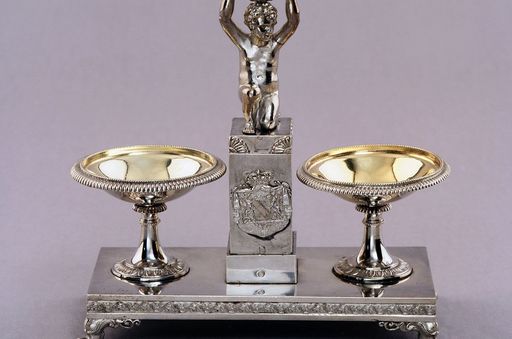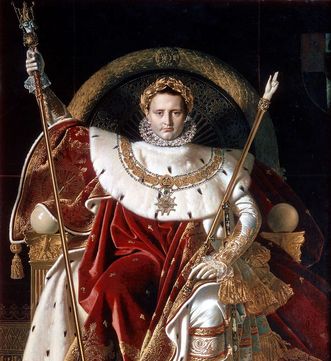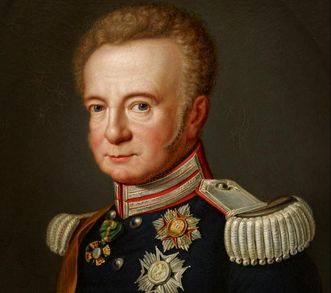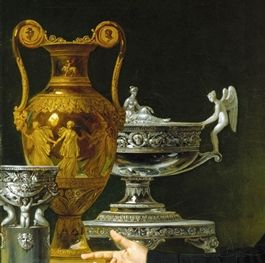What was Odiot's career like?
In France, the "Maison Odiot," the goldsmiths and silversmiths of the Odiot family, had long been known for their ornate work. Odiot learned the art of filigree from his grandfather Jean-Baptiste-Gaspard and his father Jean-Claude, and soon brought it to even greater heights of perfection. In 1785, he took over the family company, which was founded in 1690. Through his outstanding work and the many contacts of the Bonaparte family, he achieved great fame in France. In 1808, after more than 20 years in business, he was among the 500 most important people in Paris.



